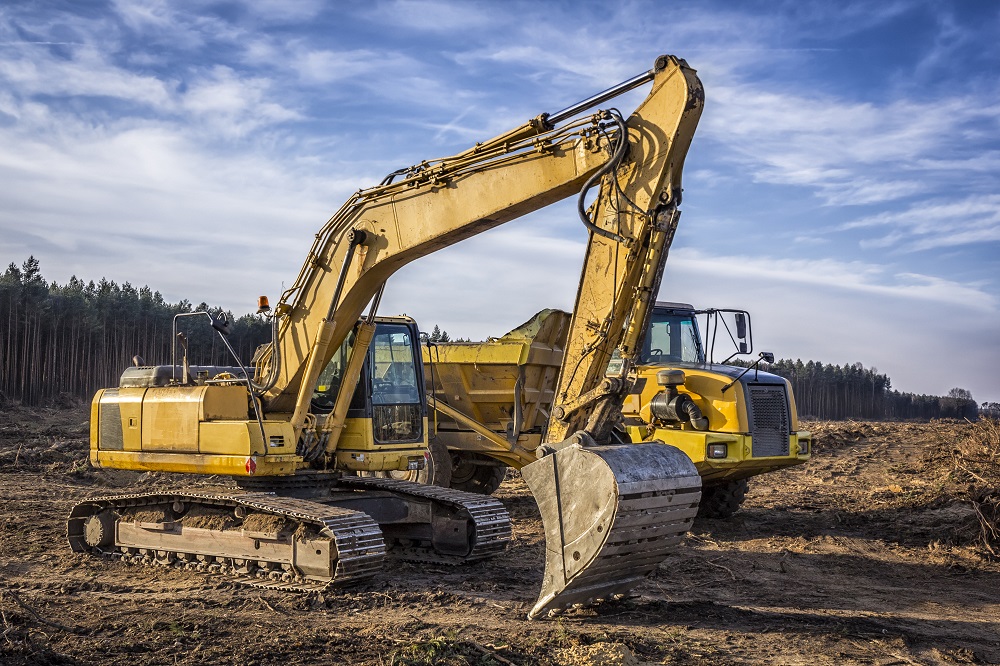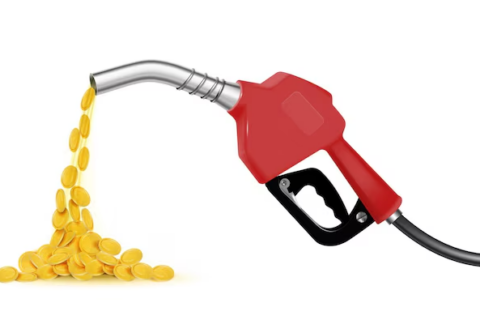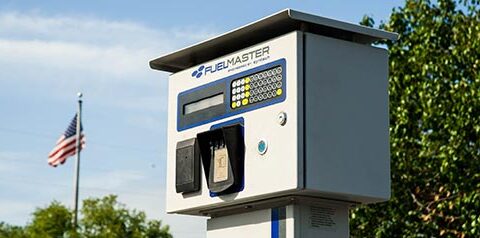Lubrication Tips for Heavy-Duty and Industrial Machinery
In heavy-duty and industrial machinery, the unsung hero ensuring seamless operations is none other than proper lubrication. This blog delves into the critical significance of lubrication in maintaining the health of heavy-duty equipment and diverse industrial machinery. As we explore various lubrication tips and best practices, we aim to provide insights into enhancing performance and longevity.
The Foundation: Heavy-Duty Machinery Lubrication
Importance of Lubrication in Heavy-Duty Applications
Heavy-duty machinery, ranging from construction behemoths to massive vehicles, operates under grueling conditions. Proper lubrication transcends mere maintenance; it’s a critical aspect of ensuring these robust machines function optimally, with minimized wear and tear. The right lubrication not only safeguards against friction but also contributes to overall efficiency.

Key Components to Consider in Heavy-Duty Machinery Lubrication
Navigating the intricacies of heavy-duty machinery lubrication demands a holistic approach. Understanding the specific needs of different components, from intricate gears to heavy-duty engines, is paramount. Tailoring lubrication strategies to address these diverse requirements is the cornerstone of effective heavy-duty machinery maintenance.
Navigating the Complexities: Industrial Equipment Lubrication
Specifics of Lubricating Diverse Industrial Machinery
Industrial equipment spans a broad spectrum, from precision manufacturing tools to conveyor systems. Lubricating such diverse machinery demands a tailored approach. Each industrial application requires a lubrication strategy that considers the unique demands of the equipment, ensuring optimal functionality and longevity.
Tailoring Lubrication Approaches to Different Industrial Applications
One size does not fit all in the realm of industrial equipment lubrication. The lubrication needs of a heavy-duty press differ significantly from those of a high-speed conveyor belt. Tailoring lubrication approaches to the specific demands of each industrial application is crucial for preventing breakdowns and optimizing performance.
Addressing Industrial Lubrication Challenges
Industrial environments present their own set of challenges—contaminants, high-speed rotations, and varied operating conditions. Effectively addressing these challenges involves not only choosing suitable lubricants but also implementing robust contamination control measures and adhering to stringent maintenance schedules.

Mastering Precision: Proper Lubrication Techniques
Choosing the Right Lubricant for the Job
The heart of adequate lubrication lies in selecting the right lubricant for the specific machinery and operating conditions. The viscosity, additives, and base oil type all play pivotal roles in determining the lubricant’s suitability for the task at hand. Matching the lubricant to the machinery’s requirements is a science that ensures optimal performance.
Understanding Lubrication Intervals and Quantities
Proper lubrication involves more than choosing the right lubricant; it requires meticulous attention to lubrication intervals and quantities. Striking the right balance ensures that machinery receives adequate lubrication without waste. Understanding the operational context and manufacturer recommendations is key to mastering this delicate equilibrium.
Implementing Lubrication Procedures with Precision
The act of lubrication is an art that demands precision. Whether applying lubricant manually or through automated systems, ensuring even distribution and avoiding over-lubrication is critical. Implementing lubrication procedures with precision safeguards against potential damage, extending the life of components and machinery.
Lubrication Best Practices: A Comprehensive Guide
Regular Inspections and Monitoring
The foundation of effective lubrication management lies in regular inspections and monitoring. Periodic checks allow for the early detection of potential issues, preventing costly breakdowns and ensuring continuous machinery operation. Monitoring lubricant condition, levels, and machinery performance provides valuable data for proactive maintenance.
Contamination Control Strategies
Contaminants pose a significant threat to machinery longevity. Implementing contamination control strategies involves both preventive measures and responsive actions. Proper sealing, filtration systems, and adherence to cleanliness standards are integral components of an effective contamination control strategy.
Collaborative Training Initiatives for Maintenance Teams
Empowering maintenance teams with the knowledge and skills necessary for adequate lubrication is a strategic investment. Collaborative training initiatives ensure that maintenance personnel understand the nuances of lubrication, can identify potential issues, and execute lubrication best practices. This collaborative approach fosters a culture of proactive maintenance.
Lubrication Management in Industry: A Holistic Approach
Implementing Lubrication Management Systems
In the industrial landscape, a holistic approach to lubrication involves implementing lubrication management systems. These systems incorporate conditions monitoring, predictive maintenance, and data analytics to optimize lubrication practices. Lubrication management in the industry becomes a proactive and data-driven endeavor, contributing to overall operational efficiency.
Leveraging Technology for Enhanced Lubrication Efficiency
The integration of technology into lubrication practices opens new frontiers of efficiency. Automated lubrication systems, IoT-enabled sensors, and real-time monitoring tools enhance the precision and effectiveness of lubrication processes. Embracing technological advancements ensures that lubrication keeps pace with the demands of modern industrial machinery.
The Role of Routine Analysis and Documentation
Routine analysis of lubricant samples and comprehensive documentation form the backbone of effective lubrication management. Analyzing lubricant conditions provides insights into machinery health, allowing for timely adjustments to lubrication practices. Documentation ensures a historical record of lubrication activities, aiding in trend analysis and continuous improvement.
Conclusion
Mastering proper lubrication techniques, embracing lubrication best practices, and implementing holistic lubrication management systems propel machinery toward enhanced performance and prolonged longevity.
As the curtain falls on this exploration, Ricochet Fuel Distributors invites you to explore a future of optimized machinery performance. Discover more about lubrication and its impact on heavy-duty and industrial machinery at Ricochet Fuel Distributors. Together, let’s embark on a journey where every drop of lubricant contributes to the efficiency and longevity of your machinery.


